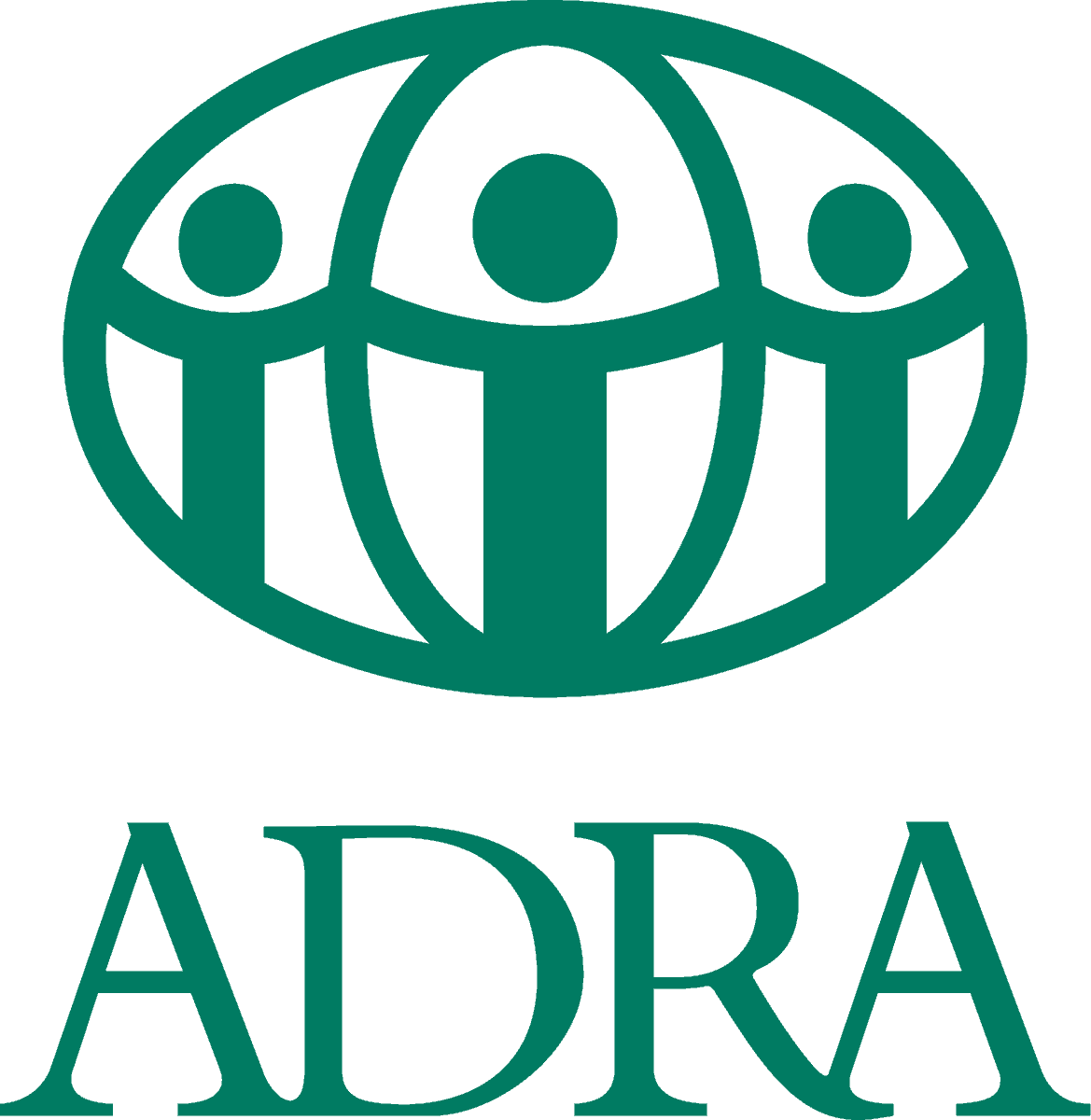In the remote village of Ogom Sub-County, Pader District, Uganda, healthcare was once a distant dream. For 31-year-old Agnes Onen and her community, accessing medical care meant embarking on dangerous 13-kilometer journeys to the nearest health center—journeys that too often ended in tragedy rather than healing.
A Night That Changed Everything
Agnes’s voice carries the weight of memory as she recalls the night in 2019 that would forever change her perspective on healthcare access. “In 2019, I gave birth to my daughter on the road,” she begins, her words heavy with emotion. “I had set off for the health center in Gulnam, which is 13 kilometers away from my village. I was alone, walking in the dark on a bad road, praying for strength.”
What should have been a routine trip to deliver her baby became a nightmare of isolation and desperation. Five kilometers into her solitary journey, labor pains became unbearable. “At around 2:00 a.m., I could not walk any further. I had no choice but to deliver my baby right there on the roadside. I didn’t know what to do. I carried my baby for an hour without cutting the umbilical cord. It was only when some people passed by that they helped me cut it and took me back home.”
The reality of rural transportation inequality hit Agnes hard that night. “The boda bodas in our area are very few, and at night, they charge between UGX 20,000 and 35,000, which most of us cannot afford. That night, I felt completely abandoned.”
When Distance Becomes Deadly
Tragedy would strike Agnes’s family again in 2022, highlighting the devastating cost of healthcare inaccessibility. “I came back from the garden one day to find my child very sick,” she recalls. “There was no motorcycle or bicycle available. I had to carry my child on my back and walk to Pader Health Centre, which is far from my village. Just 2 kilometers away from the center, my child passed away in my arms.”
The pain didn’t end there. Three months later, another family emergency would underscore the community’s desperate situation. “My sister’s husband fell sick with malaria. We tried to take him to the health center using a wheelbarrow because there was no other transport. But he also didn’t make it. We buried them with so much pain, asking ourselves, ‘When will Gulnam stop suffering from preventable deaths?'”
The Dawn of Awareness and Action
The turning point for Agnes and her community came through ADRA’s Community Support Initiative Program (CSIP), which brought human rights training to their village. This education became the catalyst for unprecedented change.
“We learned that we have rights, including the right to life and healthcare,” Agnes explains. “We realized that our rights were being denied and abused.”
Armed with knowledge about their fundamental rights, the community took action. They approached local leaders, demanding better healthcare services. Their advocacy efforts bore fruit when a Health Centre II was established in their parish, with a community member offering her house as a temporary facility.
The impact was immediate and life-saving. “Now, we can access medicine, and 62 babies have been safely delivered at the center between 2022-2024,” Agnes says with unmistakable pride.
Building Hope, Brick by Brick
But Agnes and her community weren’t satisfied with temporary solutions. Determined to create lasting change, they embarked on an ambitious project to build a permanent health facility through collective action.
“Every household contributed UGX 25,000,” Agnes explains. “We made bricks, donated land, and offered our labor. Today, the health center is roofed and being plastered. It is a testament to what we can achieve when we work together.”
This remarkable achievement represents more than just infrastructure—it embodies a community’s transformation from helpless victims of circumstance to empowered agents of change.
A Legacy of Empowerment
Agnes’s story, though marked by profound pain and loss, ultimately stands as a powerful testament to the strength that emerges when communities are equipped with knowledge and united in purpose. Her journey from delivering a baby on a dark roadside to leading her community in building their own health center illustrates the transformative power of rights-based education and community mobilization.
“You opened our eyes to know our rights and how to demand better services,” Agnes says, expressing gratitude for ADRA’s support. “I hope you continue training and empowering other voiceless communities so they, too, can live as God intended.”
Today, thanks to the combination of ADRA’s human rights training and the community’s determination, the children of Ogom Sub-County will never have to experience what Agnes endured. Her story serves as both a reminder of the work still to be done and proof of what becomes possible when communities are empowered to advocate for their fundamental rights.
Through Agnes’s courage to share her story and her community’s collective action, a legacy of empowerment continues to grow—one that will save lives for generations to come.



